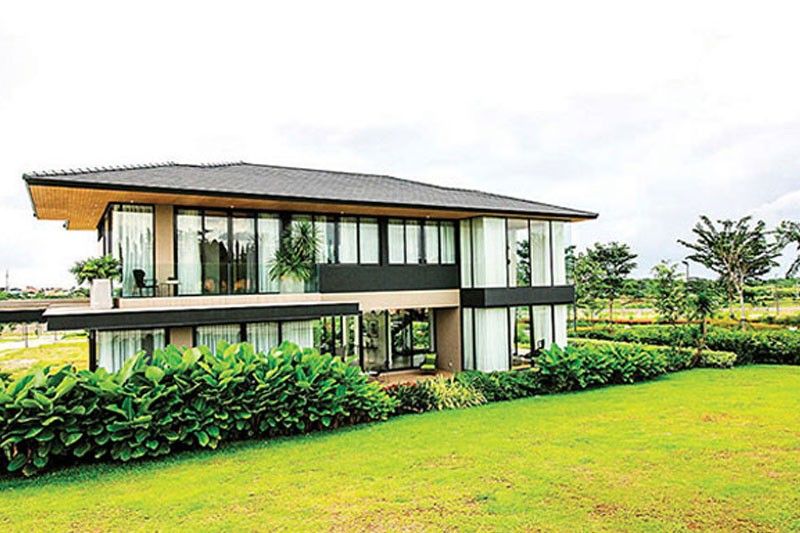Philippines leads global growth in luxury home prices

MANILA, Philippines — Prices of uber luxury residential homes in the Philippines have skyrocketed, surpassing the price growth in any other place in the world.
This shows strong buyer appetite for luxury homes in the Philippines, Santos Knight Frank chairman Rick Santos said in a recent briefing.
Manila’s prime residential sector had the fastest price growth across the world at 21.2 percent, overtaking Dubai, UAE; Shanghai, China; Mumbai, India and Madrid, Spain, according to SKF’s Prime Global Cities Index.
Dubai’s price growth was recorded at 15.9 percent; Shanghai at 10.4 percent; Mumbai at 6.5 percent; Madrid at 5.5 percent; Stockholm at 4.7 percent; Seoul at 4.5 percent; Sydney at 4.2 percent; Nairobi at 4.1 percent and Delhi at 4.1 percent.
“Strong investor confidence in the Philippines during the current Marcos administration has buoyed the real estate market despite rising interest rates,” Santos said.
The luxury residential space, he added, is one of several sectors where there are encouraging market activities.
“Pent-up demand for prime properties, the return of the residential leasing market, and the tight supply of developments have contributed to significant price appreciation, especially in central business districts,” Santos said.
Manila’s most expensive properties include Aurelia Residences by Shang Properties (P431,000 per square meter); Banyan Tree Residences by TransAsia (P800,000 per sqm); Haraya Residences by Shang Properties (P310,000 per sqm) and Balmori Suites by Rockwell Land (P600,000 per sqm), SKF data also showed.
Meanwhile, since the pandemic, buyers have shown an increasing appetite for second homes, Santos said.
“This trend is likely to continue in 2024, with local buyers acquiring leisure properties in Metro Luzon either for their end-use or investment,” he said.
Santos said the Philippine real estate sector is poised to conclude 2023 on a positive note.
“Post-COVID momentum continues with robust performance in both commercial and residential segments. This growth is fueled by the ongoing expansion of outsourcing and leasing activities in the country, as global inflationary pressures, cost-cutting measures, benefit the Philippine real estate market,” he said.
In the office market, Santos said, occupiers continue to prefer quality buildings that provide good value. Prime buildings’ vacancy rate (17 percent) continued to surpass average office buildings’ vacancy (20 percent) in the third quarter of the year, even when prime lease rates averaged at P1,244 per sqm per month versus the market’s P980/sqm per month.
- Latest
- Trending































